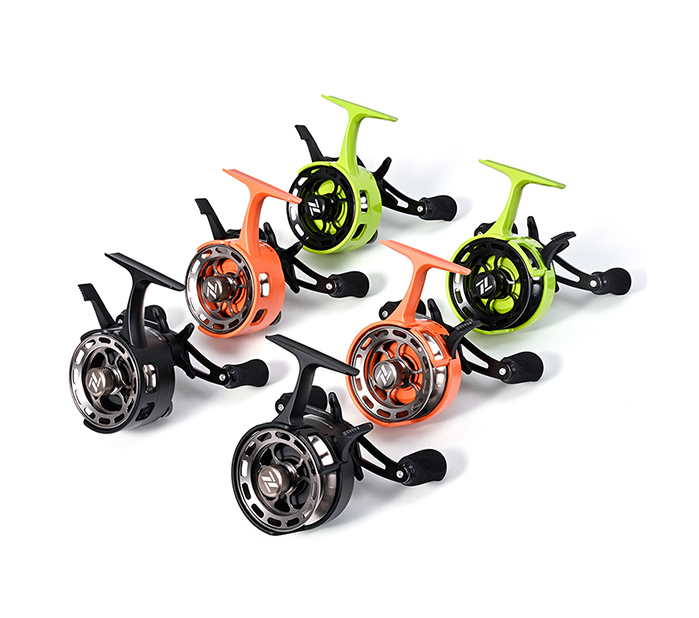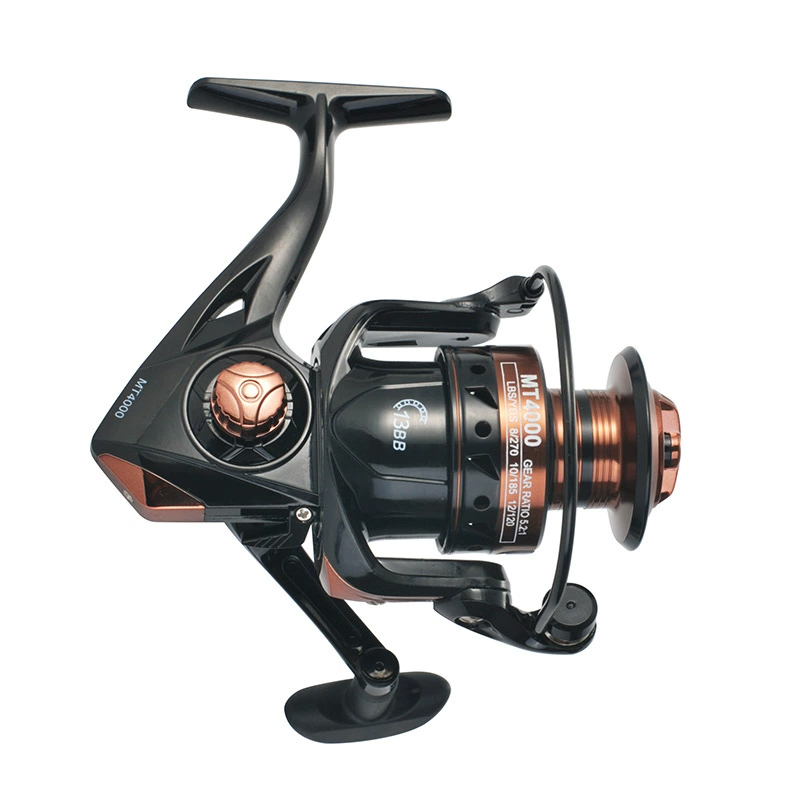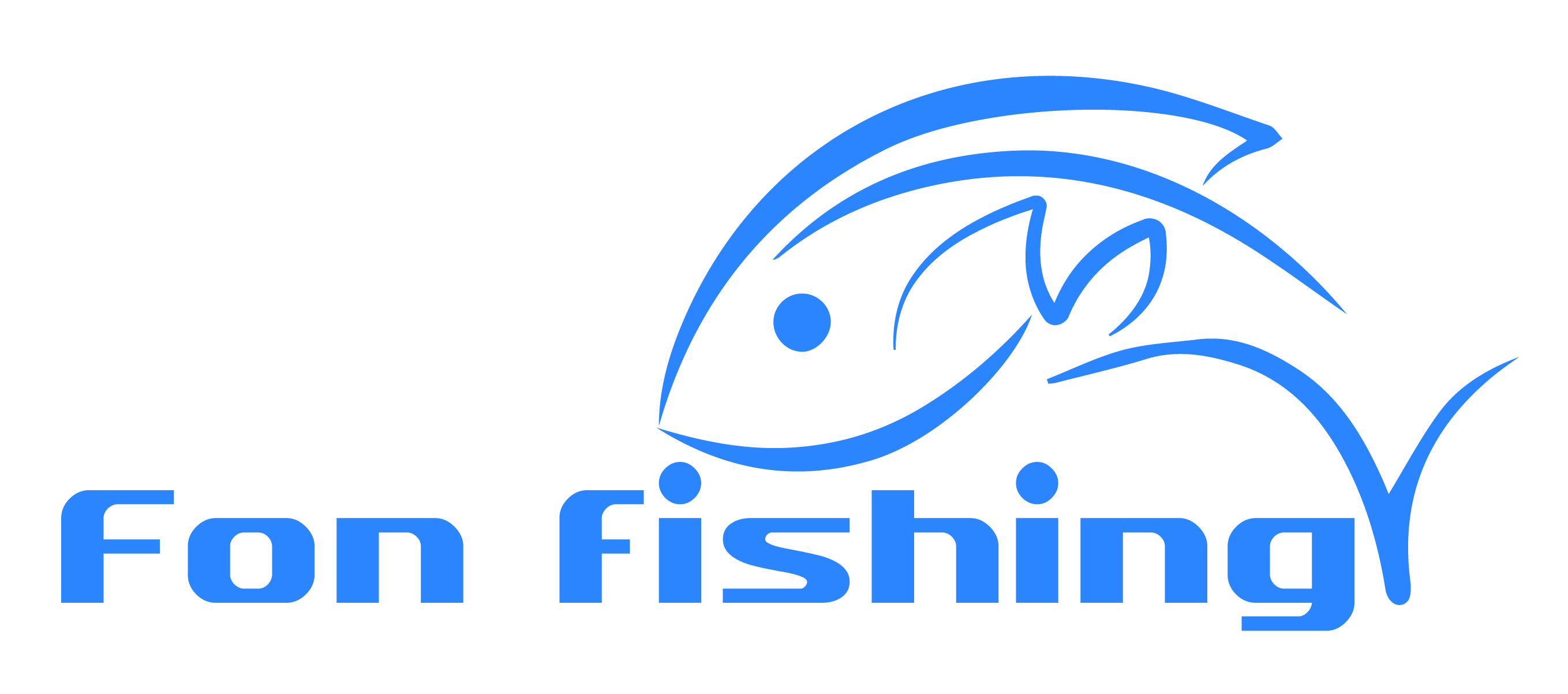If you’ve been supplying fishing tackle for a while, you know the reel is the heart of the setup. Anglers might forgive a basic rod or a plain lure, but a reel that grinds or tangles? That’s a quick way to lose a customer. The challenge in B2B isn’t picking one reel for yourself—it’s picking thousands for stores, online shops, and sometimes whole fleets. Get it wrong and you’re stuck with pallets that gather dust.
Before getting into the real nuts and bolts, a quick word about Laike. With over a decade in the fishing gear trade and connections to more than 200 partner plants across China, they’ve shipped reels, rods, and accessories to over 100 countries. Their products aren’t just drawn up in CAD—they’ve been tested on lakes in Canada, rivers in Japan, and off the coasts of Australia.

What Cost Factors Should Wholesalers Consider When Sourcing Fishing Reels?
Material and Component Choices Impact Pricing
Body material changes price quickly: aluminum alloy frames are durable but heavier; carbon fiber is light and corrosion-resistant, but costs more; reinforced nylon saves money but you may need to explain its strength to skeptical retail buyers. Bearings, gears, and handle materials also shift costs—stainless steel bearings run smoother under load, brass gears outlast zinc, and cork handles give a premium feel compared to EVA. The material of Laike’s products varies from different types to meet your needs.
Manufacturing Process and Technology Level
Precision CNC machining makes a difference in how gears mesh and how long a reel stays smooth. Saltwater reels benefit from anti-corrosion coatings and sealed drag systems. Factories that run consistent QC—checking tolerance, drag pressure, and alignment—cut down your risk of post-shipment headaches.
Packaging, Branding, and OEM/ODM Extras
Don’t underestimate the role of packaging. Retail-ready boxes with your logo can save downstream partners time and help position the product as premium. Even small runs of custom packaging can lift perceived value. Laike’s in-house team can design and print boxes alongside the reels themselves.
How Can Wholesalers Evaluate the Quality of Fishing Reels?
Performance Specifications for Durability
Check the gear ratio—5.2:1 works for all-round use, while 7.1:1 is faster for lures. Drag capacity should match your market: 8kg for light freshwater up to 20kg+ for heavy saltwater. Look at line retrieval rate, too; it matters when you’re chasing fast-moving species.
Field and Product Testing
Samples shouldn’t live on your desk. Put them on a rod and fish with them for a few hours. Reels that feel fine dry can reveal play in the handle or uneven drag under real load.
Brand Reputation and After-Sales Support
Longevity in the market is a quiet indicator of quality. Companies with over 10 years in production usually have refined their designs based on user feedback. After-sales support, whether replacement parts, warranty coverage, or quick answers, can be the difference between a repeat order and a lost account.
Why Is MOQ Important for Wholesalers?
MOQ’s Role in Pricing and Production Efficiency
MOQ reflects production efficiency. Setting up molds, sourcing components, and scheduling the assembly line costs the factory the same whether you order 200 or 2,000 units. So, larger orders spread that cost over more units, bringing your price down.
Strategies to Lower MOQ Without Sacrificing Value
Combine different SKUs—say, spinning reels, baitcasters, and fishing lines—to meet a total MOQ. Choose standard colours and specs to fit into regular production runs. Off-season ordering can sometimes get you better flexibility as factories fill capacity.
OEM/ODM MOQ Differences
If you’re changing mold designs, materials, or packaging for private label, expect higher MOQs. Standard catalog models may be available in smaller batches. Laike offers OEM runs that start lower than the industry average, which is useful for testing a new market.
Which Reel Types Should You Stock for Different Markets?
Spinning Reels for Versatile Applications
Spinning reels handle both freshwater and saltwater, appeal to beginners, and work with a wide range of lures.
Baitcasting Reels for Experienced Anglers
Big Game Spinning Fishing Reels give precise control for heavier lures and target species like bass and pike. Alloy-framed models with smooth braking systems can appeal to intermediate and advanced anglers without intimidating them.

Specialized Reels for Niche Segments
Ice fishing reels, surf casting reels, and high-speed jigging reels help you reach smaller but dedicated markets. These can be seasonal products but add depth to your catalogue and draw in niche retailers.
How to Ensure a Stable Supply Chain When Sourcing from China?
Choosing the Right Manufacturing Partner
Visit when possible, or use third-party inspectors to check capacity, QC processes, and working conditions. A partner with multiple production lines can adapt better if your order volume shifts suddenly.
Logistics and Shipping Options
Know your shipping terms, and match them to your buyers’ needs. Consolidate shipments when possible to cut freight costs. For multi-region distribution, stagger shipments to match local demand cycles.
Inventory Planning for Seasonal Demand
Fishing seasons differ across markets. Build a buffer for peak months, but also be ready to ship during “off” seasons if you sell to markets in the opposite hemisphere. Fast-delivery stock from your supplier can save you when an unexpected order comes in.
How to Maximize Profit Margins While Maintaining Quality?
Balancing Cost and Performance in Product Selection
Match features to your buyers’ needs—don’t overspec for markets that won’t use high-end features. Focus on proven sellers for volume, and keep a few premium models for upselling.
Standing Out with OEM/ODM Partnerships
The customization process of Laike is mature. Custom features like unique colors, grip designs, or specific gear ratios can make your reels distinct. Even a small change, like a beveled line cup for smoother casting, can become a key selling point in your market.
Fostering Strong Supplier Connections
Placing regular orders builds trust, which can lead to better pricing, early access to new products, or joint marketing efforts. Share customer feedback with your supplier to help them tweak designs to better suit your audience.
FAQ
Q1: Can I order different reel models in one shipment?
A: Yes, many suppliers will mix models if the combined order meets the MOQ.
Q2: How do I know if a reel is suitable for saltwater?
A: Look for corrosion-resistant materials, sealed components, and stainless steel bearings.
Q3: Is custom packaging worth the extra cost?
A: For retail sales, it often is—it improves shelf appeal and reduces prep work for your buyers.




